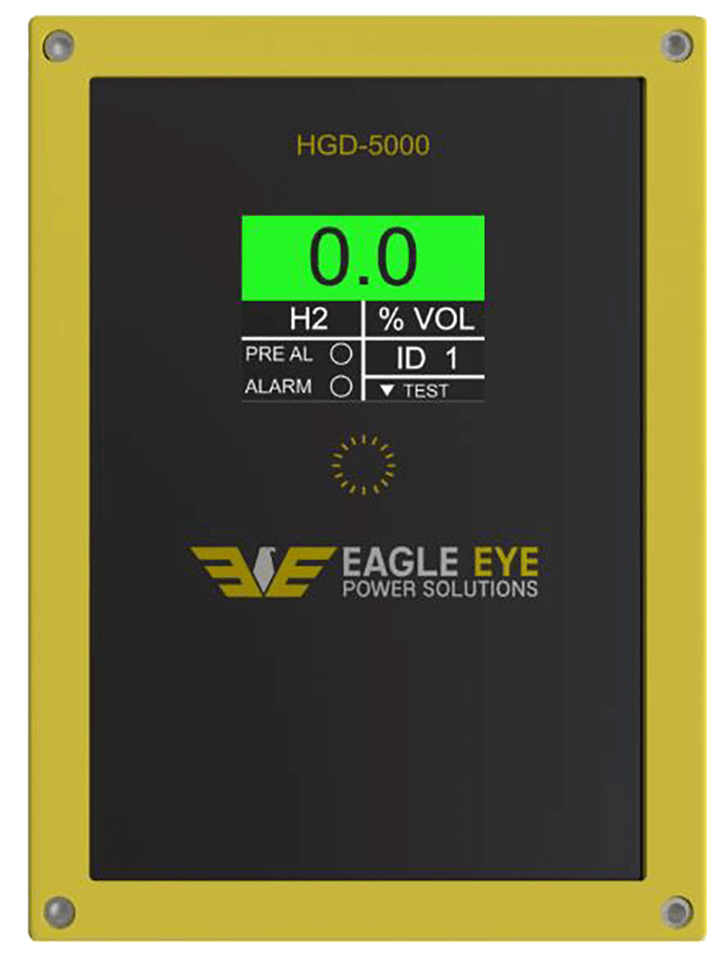If you ask any stationary battery expert what is the only way to determine the (true?) capacity and state-of-health of a battery, they will tell you that it is a load test. In this author’s opinion, somewhere along the journey since Plante’s and Volta’s time, the term “load test” has been misleading. It really is a battery capacity or discharge test; it is not testing the load. So let’s take a look at capacity and discharge testing. This technical note only addresses Vented Lead-Acid (VLA) and Valve-Regulated Lead-Acid (VRLA) batteries.
Discharge testing is a complex issue and there are various types and methodologies, too much to be covered in one technical note, so, this is only an overview and all of the subjects will be fully covered in subsequent notes.
Ideally, to accurately determine the ability of battery with respect to what it is designed to do and its state-of-health (SOH) will require some sort of discharge test. Ohmic measurements and battery monitoring may give a good indication of battery deterioration but will not fully determine battery capacity.
The Institute of Electrical and Electronics Engineers (IEEE) recognizes four types of discharge testing.
- Acceptance test
- Performance test
- Modified performance test
- Service test
The first three will test the battery’s capacity. The service and modified performance tests will determine the battery’s suitability to meet the duty cycle. A duty cycle may include different step loads or load changes.
In North America, manufacturers usually base their capacity data on a nominal temperature of 77°F (25°C). In other countries, it may be based on a different nominal temperature. In any case, the test results will have to be adjusted to compensate for temperature deviations. This data can be found in the relevant IEEE standards referenced below. The depth of discharge also plays a big part in battery testing. Depending on the battery’s application, for example, this may be to 1.75 Volts-Per-Cell (VPC) for long duration batteries or 1.67 VPC for short duration discharges. So, the discharge test set will have to be adjusted accordingly.
References
IEEE 450-2020. IEEE Recommend Practice for Maintenance, Testing and Replacement of Vented Lead-Acid Batteries.
IEEE 1188- 2005. IEEE Recommend Practice for Maintenance, Testing and Replacement of Valve-Regulated Lead-Acid Batteries.
Want a Copy of What You Just Read?
Download the PDF version of this white paper for future reference.

